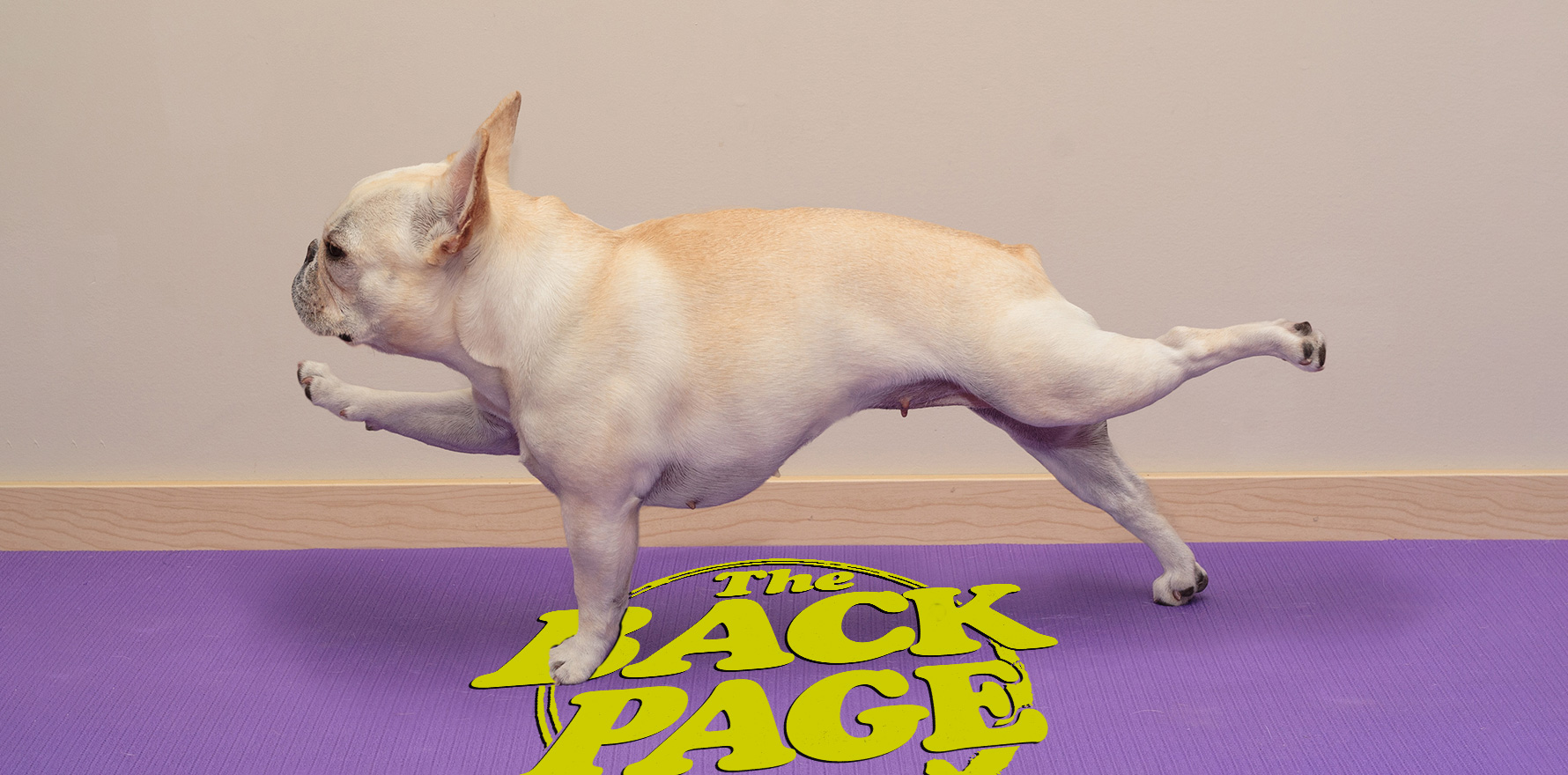Reports of a mass murder at a northern English seaside café were much exaggerated, but the practice is not without its dangers.
Hands down the funniest story of last week was the one about the mass killing that turned out to be a yoga class.
While strolling past the café at the observatory on the bleakly beautiful Chapel Point in Skegness on Lincolnshire’s North Sea coast, a concerned citizen saw a lot of people lying on the floor in what the Back Page assumes was Shavasana (corpse pose) and called the police. The class had to be halted in the wail of sirens and chaos that ensued.
That passerby must have been blissfully ignorant of the enormous and growing global popularity of the ancient Indian practice to have seen all those bodies lying peacefully and thought “ah yes, that’ll be one of those mass murders, best call the rozzers”.
As one Facebook commenter very Englishly put it, “O dear, proper numpties around”, though both the Seascape Café and Unity Yoga seem to be enjoying the free international publicity the incident gave them.
The American Academy of Orthopaedic Surgeons says “the rewards of basic yoga outweigh the potential physical risks” if performed carefully. “These rewards include improved strength, balance, and flexibility, as well as an improved sense of wellbeing”.
However, it says, “serious muscle damage and related injuries can result” and, according to the US Consumer Product Safety Commission, “there were more than 34,000 yoga-related injuries treated in doctors’ offices, clinics, and emergency rooms in 2019. Common yoga injuries include repetitive strain to and overstretching of the neck, shoulders, spine, legs, and knees.”
Many moons ago your Back Page correspondent joined the prevailing trend and started doing regular yoga classes.
While it stretched our patience for spiritual and pseudomedical mumbo jumbo almost as much as it stretched our muscles, it was satisfactory overall; but an ill-advised (by the instructor) foray into back bends left us with a lumbar niggle that took many years to iron out.
By the time this terrifying New York Times feature came out in 2012, which spells out just how much wronger that particular pose could have gone for us, our omming days were mercifully long behind us.
The piece recounts anecdotes of popping ribs, torn Achilles tendons and hips needing replacements. It also surveys the medical literature back to the early 1970s, when a warning about yoga-induced stroke was published in the BMJ, and soon after a case study was reported by a spinal specialist at Cornell who encountered a 28-year-old woman who suffered a stroke during a back bend or “upward bow”. She suffered a narrowing of the left vertebral artery, a failure of blood supply to her cerebellum and multiple brain haemorrhages. It took her two years of rehab before she could walk again, “ ‘with [a] broad-based gait.’ But her left arm continued to wander and her left eye continued to show Horner’s syndrome.”
An even younger man was reported to have similarly lost blood flow from his left vertebral artery during a shoulder stand. After months of physiotherapy he could walk with a cane but “continued to have pronounced difficulty performing fine movements with his left hand”.
According to a 2009 survey of yoga teachers, therapists and doctors, the most serious yoga-related injuries were, in descending order of prevalence, to the lower back, shoulder, knee and neck. “Then came stroke,” the Times piece says. “The respondents noted four cases in which yoga’s extreme bending and contortions resulted in some degree of brain damage.”
And that’s about as much as your squeamish correspondent can bear to think about, frankly. If we do find ourselves in Skegness we’ll have a lovely walk on the beach and maybe a spot of lunch at the café, but skip the death-defying yoga class.
Send story tips to penny@medicalrepublic.com.au to increase your flexibility by up to 25%.


